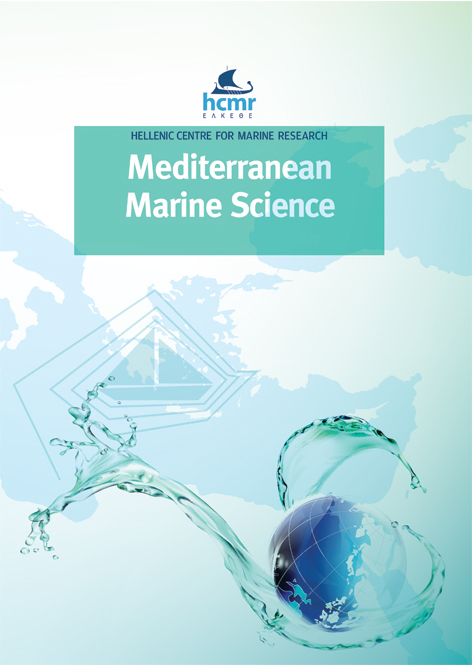Influence of environmental factors and sessile biota on vagile epibionts: The case of amphipods in marinas across a regional scale
Resumen
Marinas are highly anthropized environments, with singular ecological characteristics. In the present study the spatial variability of the amphipod assemblage associated to floating pontoons was analyzed. Moreover, the influence of the environmental data and the sessile biota on the amphipod assemblage structure were assessed. Six marinas were selected along the Southern Iberian Peninsula, three in the Atlantic and three in the Mediterranean, and three floating pontoons were sampled at each marina. Four-teen amphipod species were identified, most of them corresponded to detritivores and generalist species. Statistical analyses considering amphipod composition and abundance did not show significant differences between the Atlantic and the Mediterranean, but there were significant differences among marinas. Copper had a significant correlation with the amphipod assemblage. The sessile species Bugula neritina and Ellisolandia elongata also showed a significant influence on the spatial patterns of the amphipod assemblages. Therefore, environmental conditions and sessile composition seem to affect, simultaneously, the spatial variability of amphipod assemblage associated to floating pontoons in marinas. Both factors are key to understand the singularity of marinas. This fact should be taken into consideration to prevent the use of a single management program in these environments.
Article Details
- Cómo citar
-
SAENZ-ARIAS, P., NAVARRO-BARRANCO, C., & GUERRA-GARCÍA, J. M. (2022). Influence of environmental factors and sessile biota on vagile epibionts: The case of amphipods in marinas across a regional scale. Mediterranean Marine Science, 23(1), 1–13. https://doi.org/10.12681/mms.26800
- Número
- Vol. 23 Núm. 1 (2022)
- Sección
- Research Article
Authors who publish with this journal agree to the following terms:
- Authors retain copyright and grant the journal right of first publication with the work simultaneously licensed under a Creative Commons Attribution Non-Commercial License that allows others to share the work with an acknowledgement of the work's authorship and initial publication in this journal.
- Authors are able to enter into separate, additional contractual arrangements for the non-exclusive distribution of the journal's published version of the work (e.g. post it to an institutional repository or publish it in a book), with an acknowledgement of its initial publication in this journal.
- Authors are permitted and encouraged to post their work online (preferably in institutional repositories or on their website) prior to and during the submission process, as it can lead to productive exchanges, as well as earlier and greater citation of published work (See The Effect of Open Access).










